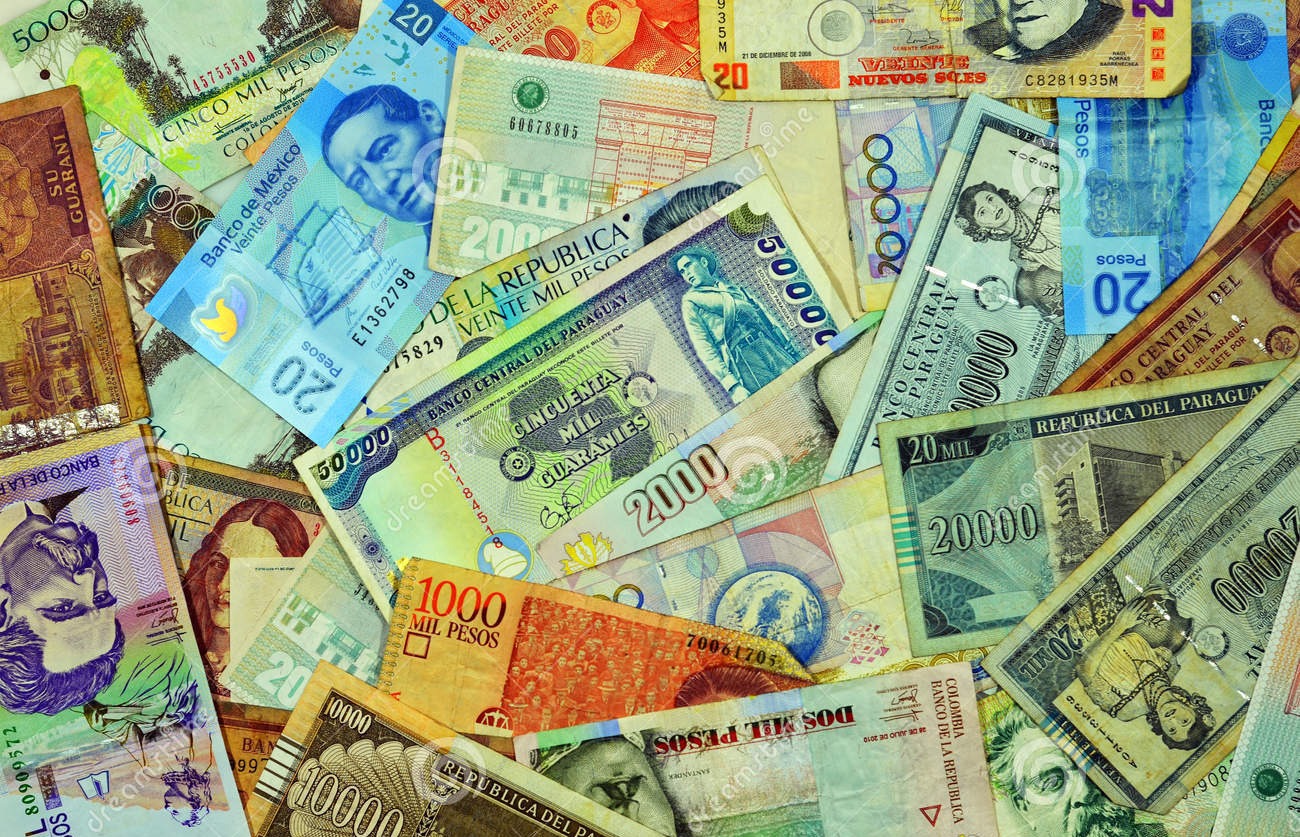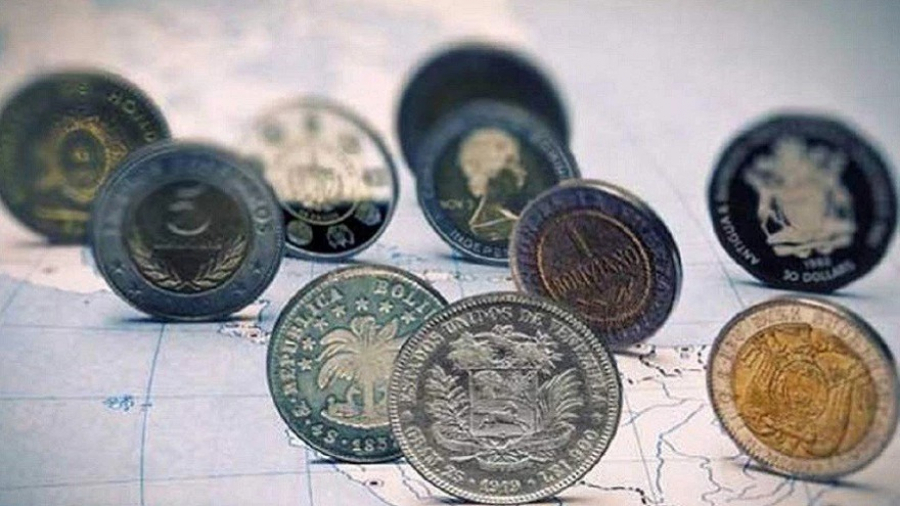In Brazil, the Real rose 0.34% to 4.8755 units per dollar, its second consecutive rise, amid US inflation data and the local economy, but the annual inflation rate still managed to end a year within the Central Bank's target range for the first time since 2020.
The mexican peso was trading 0.15% higher at 16.9253 units per dollar, although it had previously weakened briefly to 17.0650 per dollar.
The Chilean peso closed 0.83% higher at 911.50 units to the dollar.
In Argentina, the battered Peso firmed slightly to 1.120 to the dollar.

The Colombian peso gained 0.16% to 3.927 units per dollar.
The peruvian currency, the Sol, depreciated 0.11% to 3.703 units per dollar.
The strength of a currency is determined by the interaction of various local and international factors, such as demand and supply in the currency markets.
Taking all factors into account, currency strength can be assessed at three levels:
- Value: the relative purchasing power of goods and services compared to foreign currencies.
- Utility: the relevance as a financial valuation and exchange instrument in foreign economies.
- Reserve: acceptability in international trade, which leads foreign Central Banks to hold reserves.

Translated by: A.M
 English
English  Español
Español 
